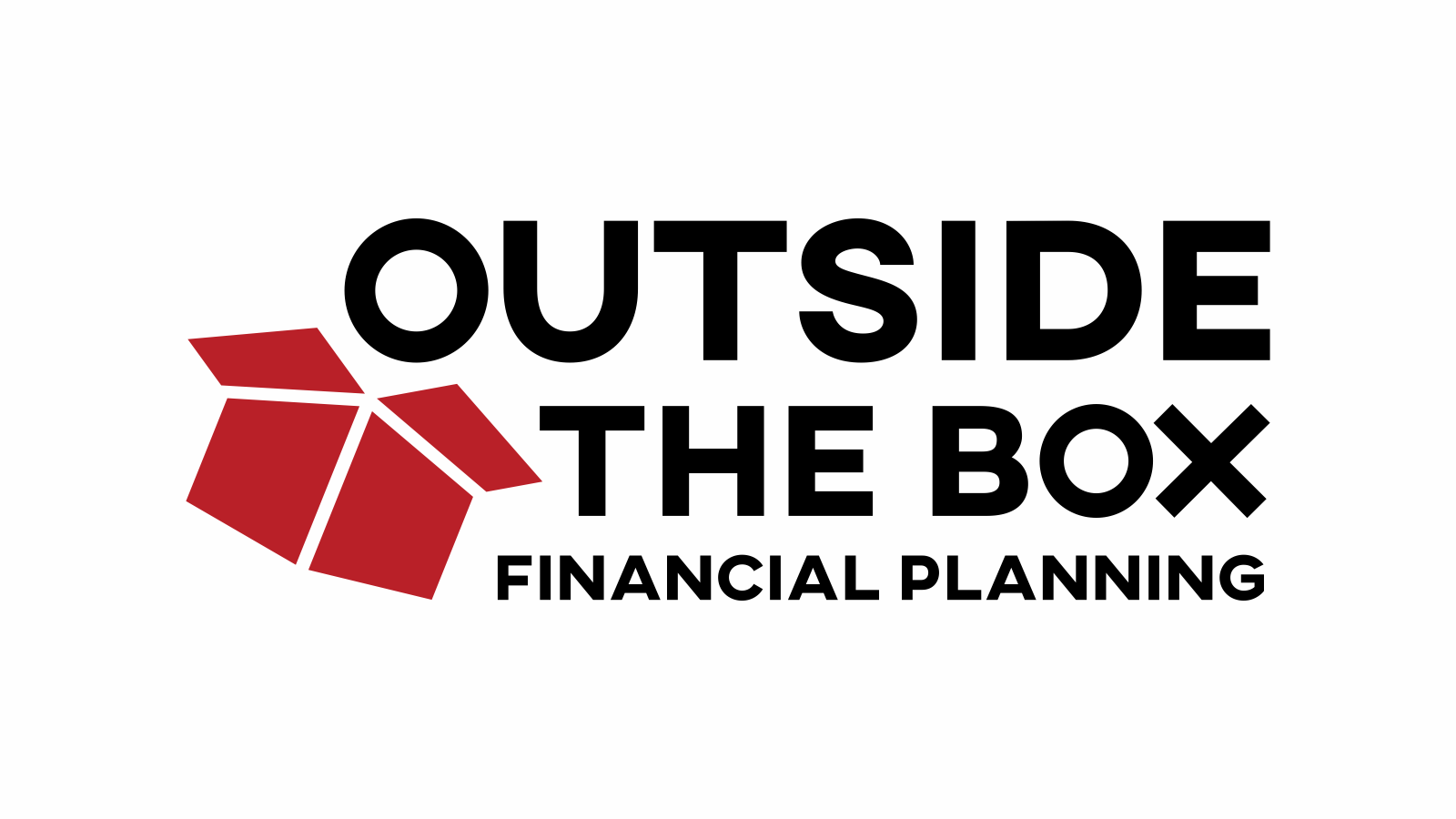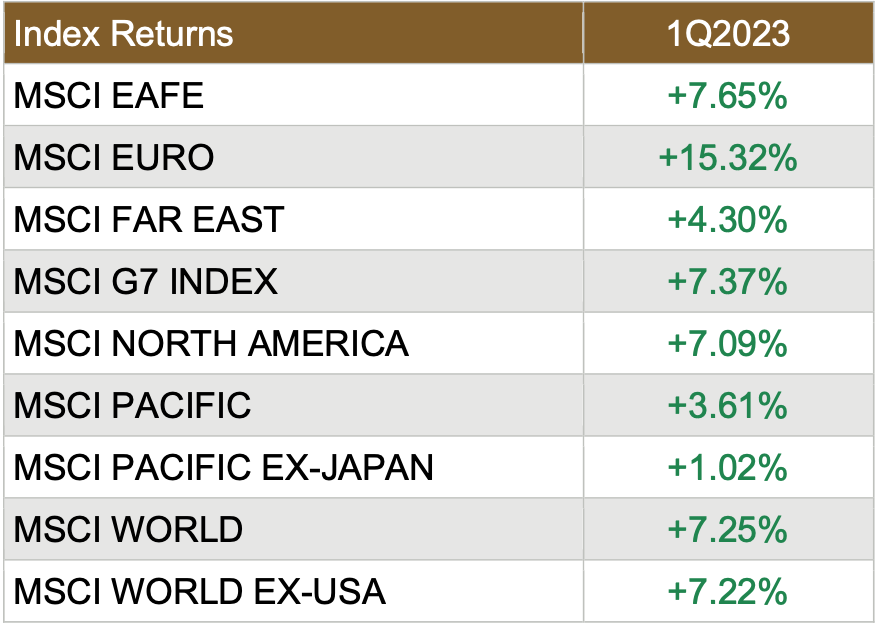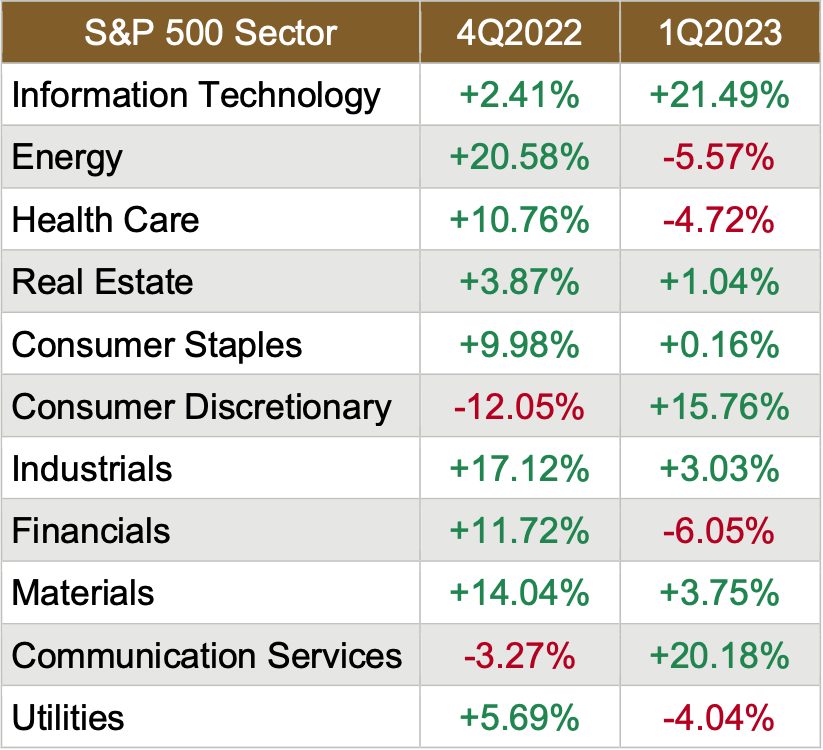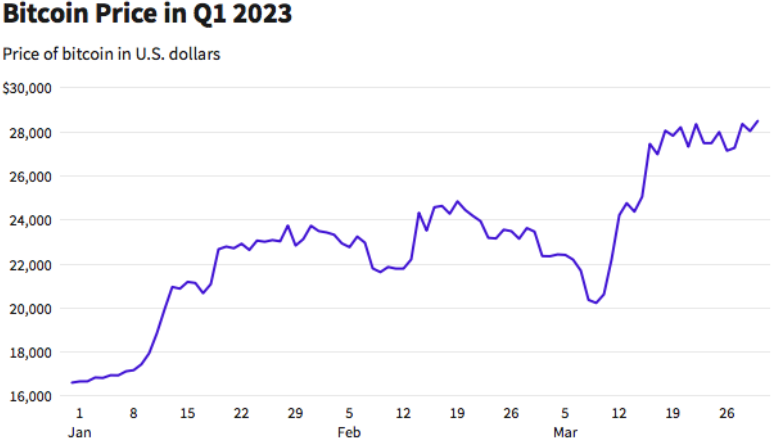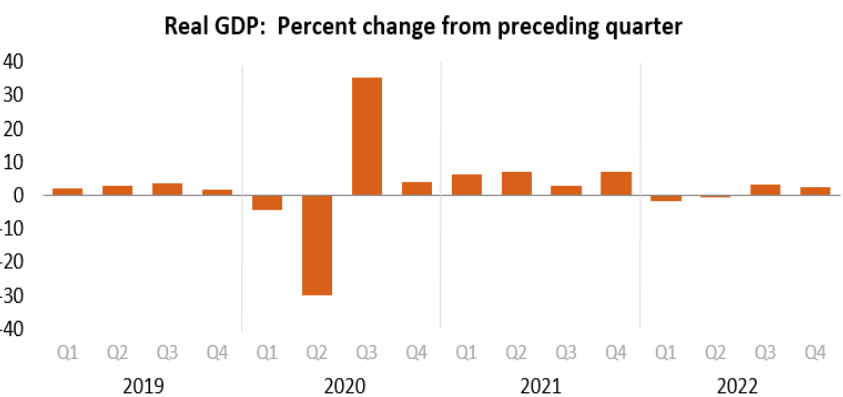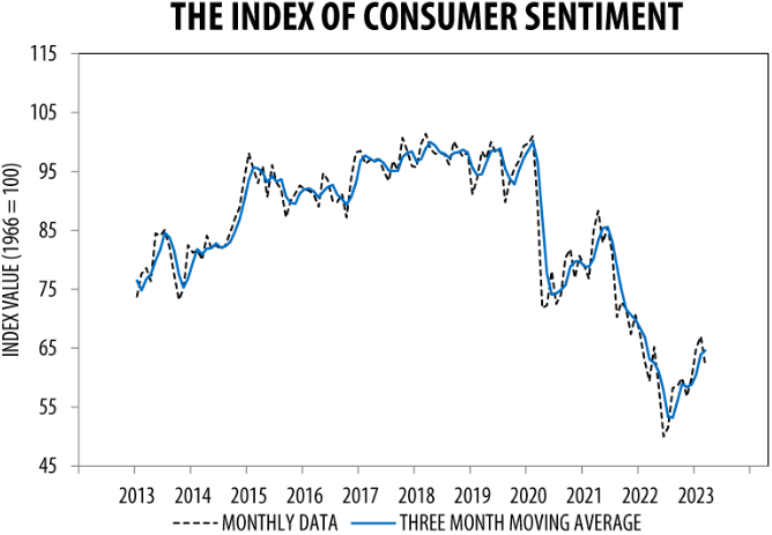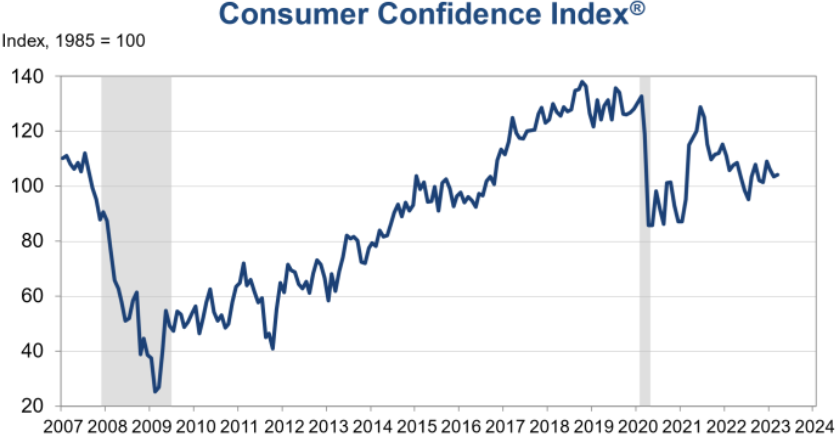Social Security cards laying on top of American twenty dollar bills
When it comes to retirement planning, Social Security is a critical income stream that often serves as the foundation for many retirees' financial well-being. Much like creating a treatment plan for a patient, your Social Security strategy needs to be carefully coordinated with other elements of your financial life to achieve the best outcome.
This blog will walk you through how to maximize your benefits, including spousal options, how working affects your Social Security, and how to incorporate it all into a broader retirement income plan. With the right strategy, you can ensure your Social Security works as efficiently as possible, whether you claim early or late, and whether you continue working or transition fully into retirement.
1. Understanding When to Claim Social Security: The Age Matters
Social Security offers flexibility in when you can start receiving benefits. The timing of your claim has a big impact on how much you’ll receive for the rest of your life.
Early Claiming (Age 62): The earliest you can start collecting Social Security.
Benefit: Income starts flowing sooner.
Drawback: Monthly benefits are permanently reduced by about 25-30% if you claim before your full retirement age (FRA).
When it makes sense: If you have a shorter life expectancy or need income immediately, this can be the right choice.
Full Retirement Age aka FRA (66-67, depending on your birth year): Claiming at your FRA means you’ll receive 100% of your benefit based on your earnings history.
Delayed Retirement (Age 70): For every year you delay past FRA, your benefit increases by 8% annually up to age 70.
When it makes sense: If you are healthy and have other income sources, delaying Social Security provides a larger monthly income for the rest of your life.
Key Takeaway: If you want to maximize your benefit and can afford to wait, delaying until 70 offers the highest payout. However, if you need income sooner or have health concerns, claiming earlier might make more sense.
2. Optimizing Spousal Benefits: Don’t Leave Money on the Table
Spousal benefits can be a powerful way to boost household income in retirement. Here’s how it works:
Eligibility: The lower-earning spouse can receive up to 50% of the higher-earning spouse’s benefit if claimed at FRA.
Claiming Early: If the spouse claims before FRA, their spousal benefit will be reduced.
Both Spouses Delaying: Even if the lower-earning spouse delays their own benefit, spousal benefits max out at FRA—delaying past FRA won’t increase the spousal benefit.
Widow(er) Benefits: A surviving spouse can switch to 100% of the deceased spouse’s benefit if it’s higher than their own.
Example:
If your spouse's benefit is $3,000 at their FRA and you are eligible for a spousal benefit, you could receive up to $1,500. If your own benefit is smaller than that amount, it makes sense to claim the higher spousal benefit.
Strategy Tip: Coordinating when each spouse claims benefits can maximize household income. For example, the lower-earning spouse may claim their benefit early, while the higher-earning spouse delays until age 70 to lock in the highest possible payout.
3. Integrating Social Security into a Comprehensive Income Plan
Just as doctors treat the whole patient—not just the symptoms—you need a plan that integrates Social Security into your broader financial picture. The key is to ensure Social Security works harmoniously with other income streams, such as pensions, 403(b)s, or IRAs.
Scenario 1: If You Continue Working After Claiming Social Security
If you plan to keep working after starting Social Security, it’s essential to understand how earning income impacts your benefits:
Before Full Retirement Age: If you claim Social Security and work, your benefits could be reduced if your earnings exceed the annual limit ($21,240 in 2024). For every $2 you earn above the limit, $1 is temporarily withheld from your benefits.
The Year You Reach FRA: The income limit increases significantly ($56,520 in 2024), and only $1 is withheld for every $3 earned above the limit.
After FRA: Once you reach full retirement age, there’s no reduction in benefits, no matter how much you earn.
Planning Tip: If you plan to keep working, it may make sense to delay Social Security to avoid penalties and maximize your future benefits. Alternatively, you could claim early and accept reduced benefits if you need the cash flow.
Scenario 2: If You Fully Retire After Claiming Social Security
For those fully retiring, the goal is to create a steady, sustainable income stream. Social Security will play a major role, but coordinating withdrawals from other accounts is essential to minimize taxes and ensure your savings last.
INCOME PLANNING FOR RETIREES:
Rebalancing Your Portfolio:
Incorporate Social Security as a fixed income source in your overall asset allocation. With Social Security acting like a bond, you may be able to take on more growth-oriented investments in your other accounts.Sequence of Withdrawals:
Instead of a one-size-fits-all approach, consider a coordinated withdrawal strategy. Balancing distributions from taxable, tax-deferred (like IRAs and 401(k)s), and even tax-free accounts can help you maintain your desired tax bracket, optimize Social Security taxation, and make your retirement savings last longer. A tailored plan ensures that each dollar works smarter for your overall financial health.
Minimize Social Security Taxes:
Up to 85% of your Social Security benefits can be taxed if your combined income (Social Security + other income) exceeds certain thresholds. Instead of relying on Roth IRA withdrawals early in retirement, consider implementing a Roth conversion strategy during years of low or no income—often before Social Security benefits begin or while delaying them until age 70. This approach allows you to move assets from tax-deferred accounts to a Roth IRA at lower tax rates, potentially reducing your taxable income later in retirement and minimizing the impact on your Social Security benefits.
4. Social Security in the Context of Longevity and Inflation
While Social Security provides a reliable income stream, it’s important to think about the long-term risks you may face in retirement—especially longevity risk and inflation.
Longevity Risk: If you live well into your 90s, delaying Social Security can help make sure you have a higher income stream later in retirement and preserve your savings. Example: A retiree who claims at 70 will receive a larger monthly check that will continue to grow with inflation over the years.
Inflation Protection: Social Security benefits include Cost of Living Adjustments (COLAs). In high-inflation environments, these COLAs help maintain your purchasing power. While COLAs may not keep up with every expense, they offer more protection than many fixed-income sources.
5. Putting It All Together: A Holistic Approach to Retirement Income
Here’s how to pull all these pieces together into a cohesive Social Security and retirement income plan:
Evaluate Your Health and Longevity Prospects: If you expect to live a long life, delaying benefits makes more sense. If health concerns arise, early claiming may be better.
Coordinate with Your Spouse: Decide when each spouse should claim benefits to maximize total household income.
Plan Around Your Work Status: If you continue working, consider delaying Social Security to avoid reductions and taxes.
Incorporate Social Security with Other Income Sources: Use a tax-efficient withdrawal strategy to balance Social Security with pensions, investments, and other savings.
Account for Inflation and Longevity Risk: Ensure your plan remains flexible to account for rising costs and a potentially long retirement.
Conclusion: Social Security as Part of Your Retirement Treatment Plan
Planning for Social Security is like creating a well-thought-out treatment plan—it requires understanding your options, making the right decisions at the right time, and coordinating with other elements of your financial life. Whether you continue working after claiming Social Security or fully retire, your strategy should reflect your unique circumstances, health, and goals.
Remember, Social Security isn’t just about when you claim—it’s about how you integrate it into a larger income plan that keeps you financially healthy throughout retirement. Much like medicine, there’s no one-size-fits-all solution. A thoughtful strategy, tailored to your needs, can ensure your retirement income plan works just as well as a carefully prescribed course of treatment.
If you’re ready to build or adjust your Social Security strategy, consider sitting down with a financial planner to create a customized plan for your future. After all, the right prescription can make all the difference.
Partnering with Outside The Box Financial Planning (OTBFP) offers numerous benefits for individuals seeking college planning, retirement planning, small business support, wealth management, and beyond. As a fee-only fiduciary with a comprehensive approach, unbiased advice, and transparent fee structure, OTBFP acts as a trusted advisor who prioritizes your best interests. Click here to schedule a complimentary “Fit” meeting to determine if we would make a good mutual fit.
Remember, financial decisions have long-lasting implications, and working with a professional like the financial professionals of Outside The Box Financial Planning can provide the expertise and guidance necessary to make informed choices that align with your financial aspirations.
